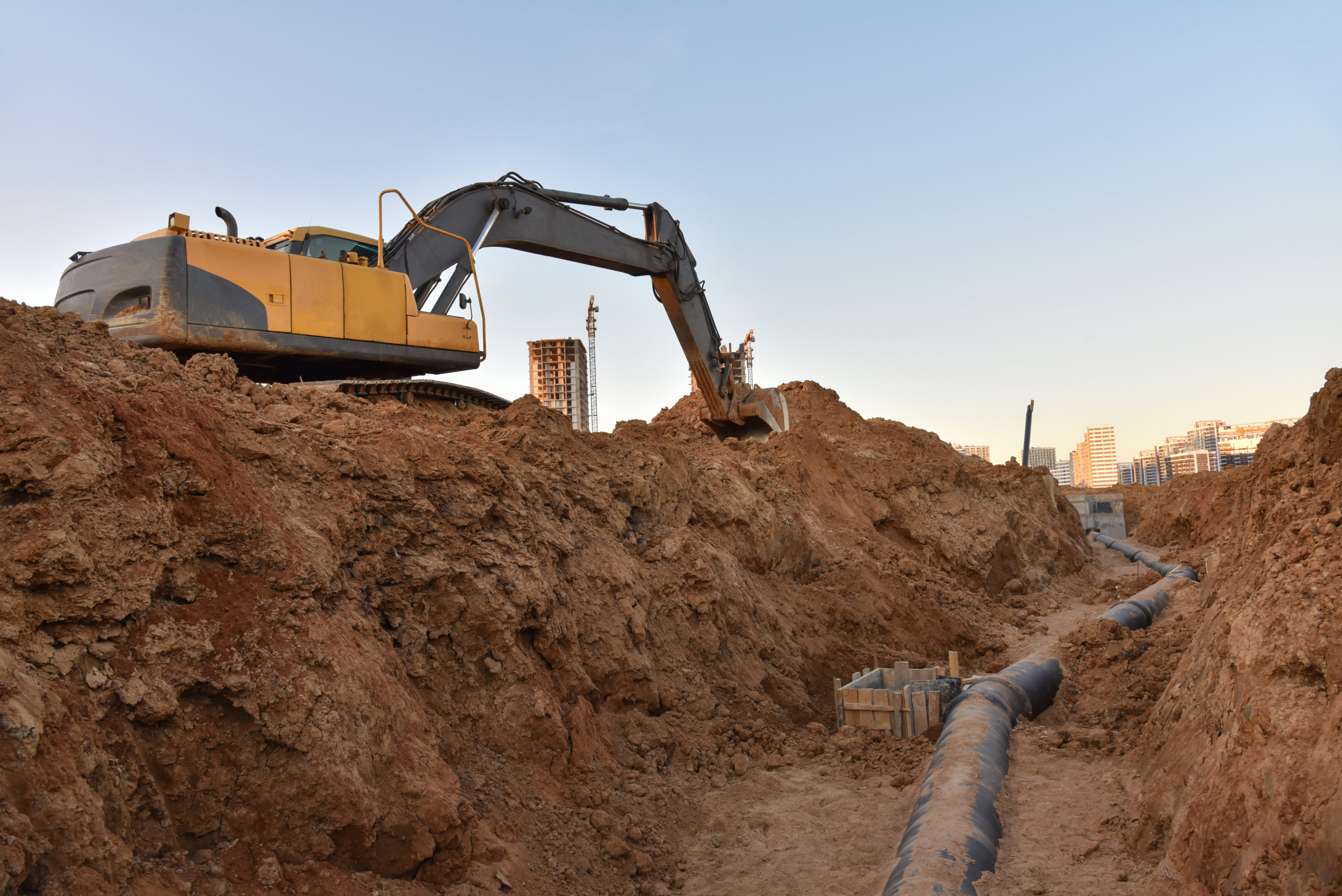FOR IMMEDIATE RELEASE: OCTOBER 20, 2009
CONTACT: Richard Hoffmann (202-216-5909)
Multi-Billion Dollar Investments in Natural Gas Infrastructure Required to Meet Projected Long-Term Supply and Demand Outlook
New Study Indicates Robust Domestic Supply Outlook and Growth from Electric Generation as Key Drivers Over Next Two Decades
WASHINGTON, D.C. – Projected growth in North American natural gas supplies and market growth in the U.S. and Canada will require billions of dollars of additional investment in pipeline, storage and other midstream infrastructure through 2030, according to a new study released by the INGAA Foundation Inc.
The Natural Gas Pipeline and Storage Infrastructure Projections Through 2030 study, which analyzes future natural gas infrastructure requirements under various market scenarios anticipates a range of investment from $133 to $210 billion in infrastructure over the next 20 years (between $6 and $10 billion per year), primarily to attach increased domestic natural gas production from unconventional shale basins and tight sands to the existing pipeline network. Anticipated market growth from the electric generation and industrial sectors as well as the potential to connect vast Arctic resources and LNG supplies to the grid also will be key drivers for additional investment, according to the study.“The domestic supply picture for natural gas has been redrawn and experts agree we now have more than 100 years of technically recoverable gas in the U.S. and Canada,” said Gary Sypolt, chairman of the INGAA Foundation. “This study spotlights what this sea change in domestic supply will mean for investment in additional pipeline, storage and midstream infrastructure.”
“Given its attributes as a clean, reliable and domestically abundant resource, natural gas must play an increasingly important role in helping to address our energy security, environmental and economic challenges,” added Donald F. Santa, Jr., president of INGAA. “Under virtually any market scenario for natural gas, significant and continuous investment in additional infrastructure will be required over the next two decades as a result of shifting supply dynamics – creating and sustaining thousands of jobs in the process.”
By 2030, the U.S. and Canada will need approximately 29,000 to 62,000 miles of additional natural gas pipelines and 370 to 600 billion cubic feet (Bcf) of additional storage capacity, in order to accommodate market requirements. The majority of storage capacity additions are projected to be high deliverability salt cavern storage, which would essentially double current capacity. Insufficient infrastructure development could lead to price volatility, reduced economic growth and diminished delivery of gas supply to consumers who need it most, according to the study.
“The natural gas industry has a proven track record of developing critical infrastructure in response to the energy needs of consumers, successfully investing tens of billions of dollars in private capital over the last decade to expand and maintain North America’s natural gas transmission system,” said Sypolt. “The industry is able to build critical energy infrastructure of this magnitude in part because of a stable regulatory environment that promotes timely, responsible and cost-efficient development of necessary facilities.”
Other key conclusions from the study include:
- Other infrastructure needed from 2009 to 2030:
o 6.6 to 11.6 million horsepower of new gas transmission pipeline compression
o 15,000 to 26,000 miles of new gathering pipelines
o 20 to 38 Bcf per day of new natural gas processing capacity
o 3.5 Bcf per day of new LNG import terminal capacity
- In the Base Case projection, annual natural gas consumption in the U.S. and Canada is projected to grow from about 26.8 trillion cubic feet (Tcf) in 2008 to 31.8 Tcf by 2030, which equates to total market growth of 18 percent, or an annual growth rate of 0.8 percent. The two alternate cases, High Gas Growth and Low Electric Load Growth, bracket reasonable ranges of future gas consumption.
- About three-fourths of the market growth occurs in the power sector. The growth rate of natural gas consumption in the electric generation sector is the predominant determinant of the growth rate of the entire natural gas market. Electric load growth, timing and development of renewable generation technologies, clean coal with carbon capture and sequestration, and expansion of nuclear generation are areas of uncertainty.
- Interregional transmission pipeline capacity between major areas throughout the U.S. and Canada is currently approximately 130 Bcf per day. By 2030, the need for interregional natural gas transport is likely to increase by between 21 and 37 Bcf per day, driving development of additional pipeline and storage capacity. Interregional natural gas transport capacity will be needed even without a growing North American natural gas market due to shifts in the location of natural gas production. The need for laterals to access new production and deliver natural gas to new customers, such as new gas-fired power plants, also will drive investment.
The complete study prepared for the INGAA Foundation by ICF International can be accessed at https://ingaa.org/cms/31/7306/7828.aspx
INGAA Foundation
The INGAA Foundation, Inc. was formed in 1990 by the Interstate Natural Gas Association of America (INGAA), a trade organization that advocates regulatory and legislative positions of importance to the natural gas pipeline industry in North America. The Foundation’s overlying purpose is to advance the use of natural gas for the benefit of the environment and the consuming public. The Foundation works to facilitate the efficient construction and safe, reliable operation of the North American natural gas pipeline system, and promotes natural gas infrastructure development worldwide. Today, the INGAA Foundation has more than 120 member companies representing natural gas pipeline companies, construction companies, engineering firms, pipe and compressor manufacturers, accounting firms, companies providing information technology services and other suppliers of goods and services to the pipeline industry.
# # #







